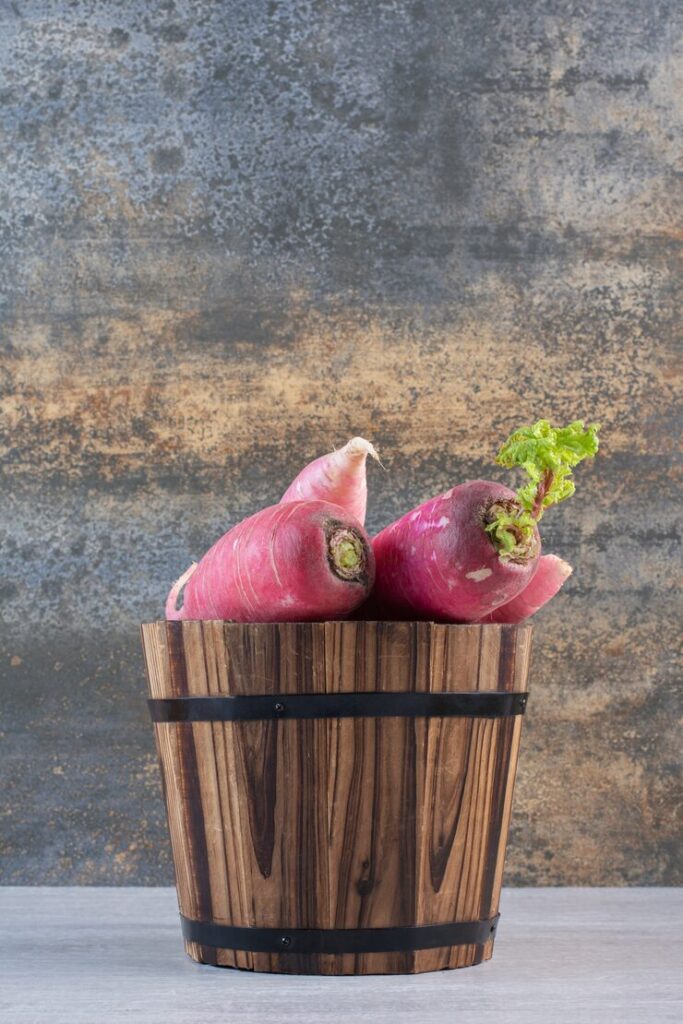When you hear “sweet potato,” what comes to mind? Perhaps the typical orange-fleshed tuber gracing holiday tables or baked comfort dishes. But there’s a star in the world of root vegetables that deserves its own spotlight: the Japanese sweet potato. Known for its creamy texture, natural sweetness, and vibrant purple skin, this humble root has captured the hearts of food lovers and chefs alike. Beyond its delicious taste, Japanese sweet potatoes offer an impressive profile of health benefits and culinary versatility. Let’s take a delightful journey into what makes this tuber so special.
What Is a Japanese Sweet Potato?
Unlike the common orange varieties, Japanese sweet potatoes are distinguished by their thin, reddish-purple skin and pale yellow to ivory flesh that turns almost buttery when cooked. Often called “Satsumaimo” in Japan, these potatoes have a naturally sweet flavor that intensifies when roasted, earning them a revered place in Asian cuisine and increasingly on global menus.
This tuber’s sweetness doesn’t come from added sugars but from natural starches that convert during cooking, producing a caramel-like taste that’s both comforting and exotic. From street food stalls roasting them in Japan to contemporary fusion dishes, the Japanese sweet potato shines in both humble and sophisticated settings.

A Nutritional Powerhouse Hidden in a Simple Root
While it might seem like just another starchy vegetable, the Japanese sweet potato boasts impressive nutrition. It’s rich in dietary fiber, which supports digestion and keeps you feeling full longer. Naturally low in fat, it also has vitamins like Vitamin C and B6, essential antioxidants that fuel your immune system and metabolism.
One of the standout features is its high potassium content, which plays a crucial role in maintaining heart health and regulating blood pressure. Additionally, Japanese sweet potatoes contain complex carbohydrates that provide steady energy without the spikes often caused by simple sugars.
Cooking with Japanese Sweet Potatoes: Versatility Meets Flavor
The true charm of Japanese sweet potatoes lies in their culinary flexibility. Roasting them until the skin crisps just right and the inside turns soft is perhaps the most popular method, releasing their natural sweetness to perfection. You can then enjoy them as a snack or side dish with a sprinkle of salt or drizzle of honey.
Steaming or boiling preserves the creamy texture, making them ideal for purees, soups, or even baby food. For the adventurous foodie, Japanese sweet potatoes add color and flavor to salads, casseroles, or even baked goods like muffins and cakes—giving a healthy twist to indulgent treats.
Interestingly, in Japan, they’re often enjoyed simply as a warm street food treat during chilly months, sold from traditional carts roasting the tubers slowly to bring out their caramelized sweetness. Their rich flavor also pairs beautifully with miso, ginger, or soy-based sauces, broadening the scope for creative cooking.
Why Food Lovers Should Embrace the Japanese Sweet Potato?
The Japanese sweet potato offers more than just great taste and nutrition—it invites a connection to cultural traditions and mindful eating. It’s a reminder that simple ingredients, thoughtfully prepared, can offer pure joy and nourishment.
For health-conscious eaters and food explorers alike, its natural sweetness allows you to satisfy cravings for desserts or snacks without guilt. Unlike processed sweets rich in sugars and fats, Japanese sweet potatoes provide vitamins, fiber, and lasting energy.
Their beauty also lies in their accessibility. Available in many supermarkets around the world and increasingly featured in health food stores, this tuber is easy to integrate into everyday cooking, whether you’re making a weeknight dinner or inspired by international flavors.
Conclusion: Discover the Sweet Joy of Japanese Sweet Potatoes
In the vast and flavorful world of food, the Japanese sweet potato quietly offers a perfect blend of sweetness, nutrition, and culinary creativity. It’s a testament to how nature’s simplest gifts can surprise and delight us. Whether you roast it, bake it, mash it, or add it to your favorite recipes, this vibrant tuber deserves a place on your plate.
So next time you’re wandering the produce aisle, why not pick up a few Japanese sweet potatoes? They aren’t just a root vegetable—they’re a sweet experience waiting to be discovered, enjoyed, and shared.

Leave a Reply